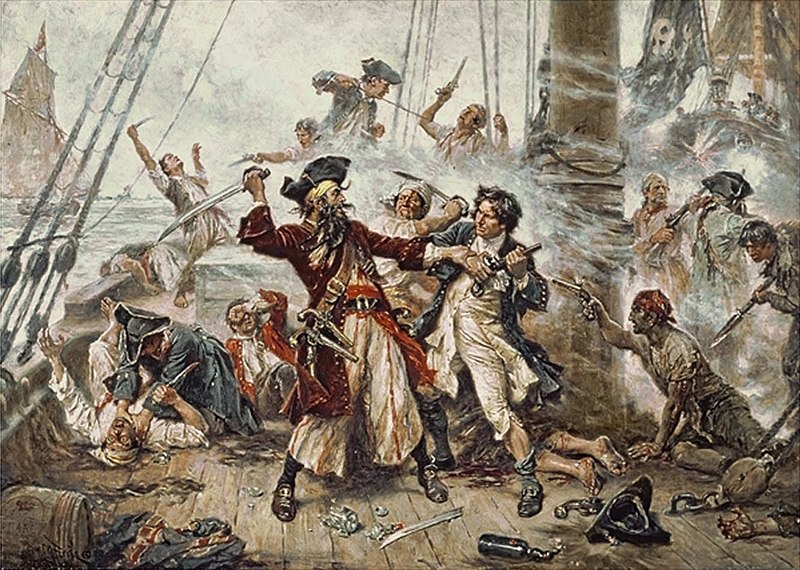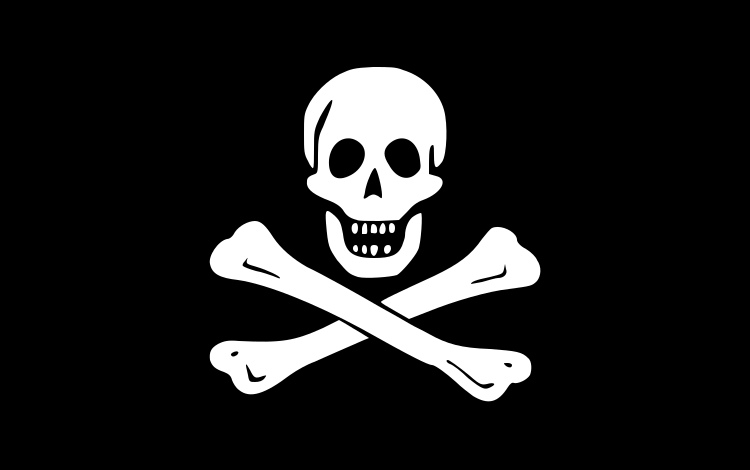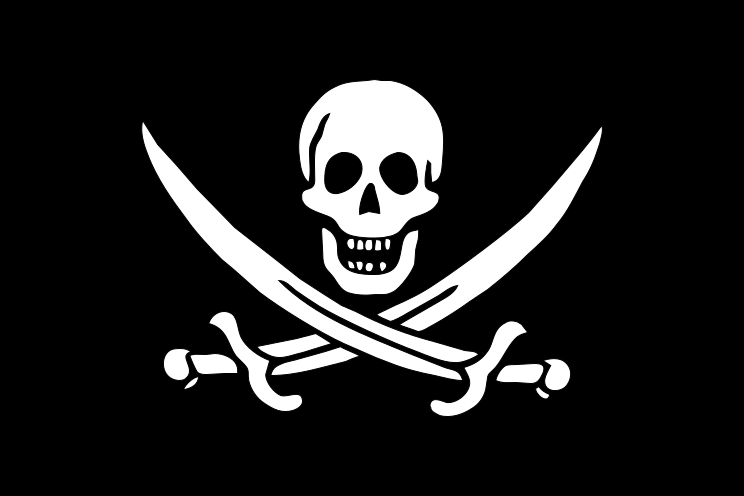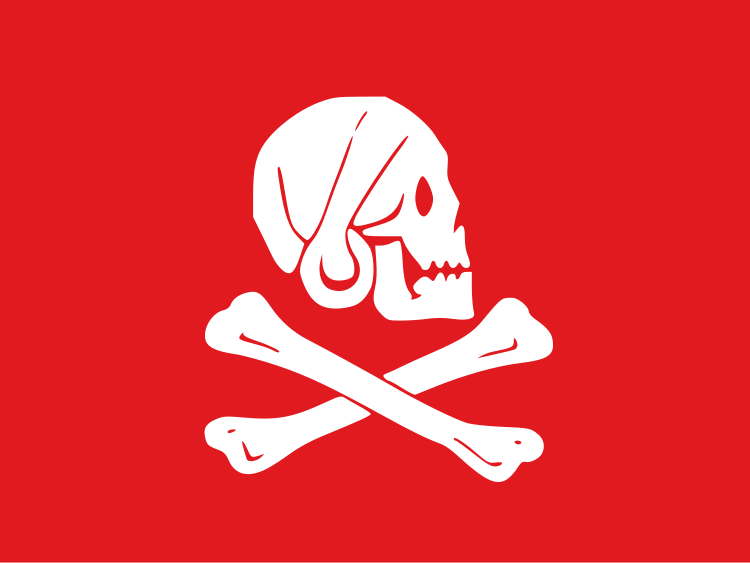
Yarrrrrr!!! On the occasion of International Talk Like A Pirate Day I would like to share with you some of the most important communications lessons from age of Calico Jack, Captain Kidd, Blackbeard and other such scallywags.
The Golden Age of Piracy lasted roughly between the mid-17th to the mid-18th century, a time characterized by intense jockeying for imperial possessions in the New World between the leading Old World powers of the time - the Spanish, the Dutch, the French, the Portuguese and the English. The looting and plundering of the New World by these avaricious European monarchies meant that there was a great deal of gold and other loot in circulation, while the thin law enforcement capabilities of said powers meant a world of opportunity for skilled seafarers with a capacity for outside-the-box thinking and a taste for danger.
History also tells us that while a few of these pirates were indeed brutal sadists, the most successful tended to be canny communicators and concensus builders. John Rackham, better known as Calico Jack, owed much of his success to his ability to persuade captives to join his crew and more often than not let those who declined the privilege go free (after of course being relieved of their booty). Even the notorious Blackbeard (born Edward Teach), the epoch's most feared pirate, was known as an even-keeled buccanneer who never harmed captives as well as a shrewd negotiator who even managed to win himself a royal pardon - not long before he was killed by an anti-piracy mission led by Lt. Robert Maynard.
What, then, can be learned from these famous scoundrels within the domain of public relations? Here are six lessons on how to communicate, pirate-style.
While the Jolly Roger flag consisting of a skull and crossbones is today the universal symbol of piracy, during the Golden Age any pirate worth his salt had his own variation of the Jolly Roger flag. Calico Jack's flag consisted of a skull and two crossed swords. The classic Jolly Roger was flown by 'Black Sam' Bellamy, while Blackbeard flew a black flag with a devil-type figure spearing a red heart. Identifying yourself as a 'pirate' wasn't sufficient. It made a difference which pirate you were - and your flag was your brand identity. A distinctive name also helps.
2) Be forceful - but not needlessly so.
While the epic pirate battles of the silver screen occasionally happened, these were the exception rather than the rule during the Golden Age of Piracy. Piracy was so common at this time that ship captains were generally insured against it, meaning that they would generally surrender immediately upon being attacked rather than risk loss of life and vessel. As such, the most successful pirates were those who could skillfully commandeer a ship, strip it of its valuables and disappear with minimal disturbance. As a PR practitioner, you want to do the same - make your appearance, transmit your message and ensure that the emphasis is on the message, not the messenger.
3) Do your research.
As many of the great pirates of yesteryear were Crown-sponsored privateers gone rogue, these guys generally had an excellent knowledge of the various captains and crews that plied the territories in which they did their work. For example, they would know who the truly sadistic captains were (and there were many in those days), the ones who made liberal use of the cat-o-nine-tails to instill fear among their underlings. In such cases, a pirate might make a more forceful play for the captured crew to jump ship and join the pirate crew - and probably string up their hated captain from the riggings for good measure. Similarly, a good PR pro should gain an intimate knowledge of a particular domain before 'sailing in'.
4) Don't neglect your internal publics.
For pirates of yesteryear, external stakeholders included the large commercial interests of the day, merchant captains with ships to be plundered and local governors and monarchs whose political and diplomatic largesse had the potential to make or break a pirate's career. But the more successful pirates also paid close attention to internal communication with their own crews. It was common among pirate crews of yesteryear to have bonuses and insurance policies against loss of limbs and other hazards of the job, and as such a pirate who had successfully avoided the hangman's noose could look forward to retirement on a Carribbean island someplace. As a professional communicator, much like as a pirate captain, your job involves good communication with staff so as to ensure 'smooth sailing' through potentially stormy waters.
Contrary to what Hollywood films would have you believe, pirates very rarely - if ever - buried treasure on desert islands, nor did they make elaborate treasure maps. This myth stems primarily from the legend of Captain Kidd (who was in fact an amazingly incompetant pirate) and his supposedly buried treasure, and probably has no basis in reality. Plundered loot was typically safeguarded by pirate crews and banked with the assistance of pliant local officials. Making a treasure map that could easily disappear from a ship's maproom would be the equivalent of leaving computer passwords and other vital information out in the open for anybody to swipe. Not a good plan if you're looking to thrive in the piracy and/or communications business.
6) Be ready to fight when you have to.
Sometimes things do get ugly - and you need your tools at your side to fend off an attacker. In piratical terms, this means having a 48-gun sloop at your disposal, as 'Black Sam' Bellamy did, or expert swordsmanship and marksmanship, for which Blackbeard was famous. And as a professional communicator, this means being proactive and anticipatory with a veritable artillery of key messages and communications tools at the ready.




Lesson #1 struck a chord with me. Establishing your brand and communicating your identify loud and clear is extremely important and cannot be neglected. Part two of that is then amplifying your message so that you can appeal to the target audience.
ReplyDelete- Jackie
Cambridge Public Relations